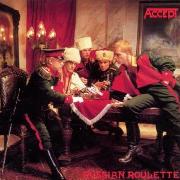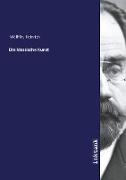By-Gone Glasgow
BücherAngebote / Angebote:
Excerpt from By-Gone Glasgow: Sketches of Vanished Corners in the City and Suburbs, Forty Full-Page Drawings and Twenty-Three Text IllustrationsAs the number of the ecclesiastics connected with the Cathedral increased, accommodation had to be provided for them as near the sacred edifice as possible. This was accomplished by a lateral extension to the west, by the road still called the Rottenrow. The origin of this name has been a fruitful topic of debate, some philologists stating that it is derived from the Low Dutch, rattoun-raw, referring to the timber-fronted houses, while others assert that the name is a corruption of routine-row, because of the ecclesiastical processions made between the houses of the officials and the Cathedral. Neither explanation is quite satisfactory, but it is certain that the road was designated Rattoun Raw in the fourteenth century. The first eastern extension of the ecclesiastical village was caused probably by the foundation of the Chapel of Little St Mungo, or St Mungo's Kirk Without the Walls, which stood near the site of the Saracen's Head Inn in the Gallowgate, and was reached by a footpath from the Cathedral that led south-eastward by the Drygate and the Ladywell Lone. Several parsonages existed until lately at the junction of Drygate and High Street, and these marked the beginning of this extension to the east. The first Market Cross of Glasgow stood near this spot, at the Bell 0' the Brae. As Glasgow was a Bishop's burgh, the Cross had been placed in proximity to the Cathedral for obvious reasons, and was only superseded gradually by the later Cross at the junction of High Street and Trongate. Its first position would naturally attract the secular community to the quarter, and thus the continuous line of the High Street frontage was slowly evolved.About the PublisherForgotten Books publishes hundreds of thousands of rare and classic books. Find more at www.forgottenbooks.comThis book is a reproduction of an important historical work. Forgotten Books uses state-of-the-art technology to digitally reconstruct the work, preserving the original format whilst repairing imperfections present in the aged copy. In rare cases, an imperfection in the original, such as a blemish or missing page, may be replicated in our edition. We do, however, repair the vast majority of imperfections successfully, any imperfections that remain are intentionally left to preserve the state of such historical works.
Folgt in ca. 5 Arbeitstagen




